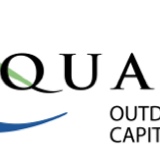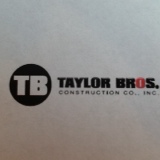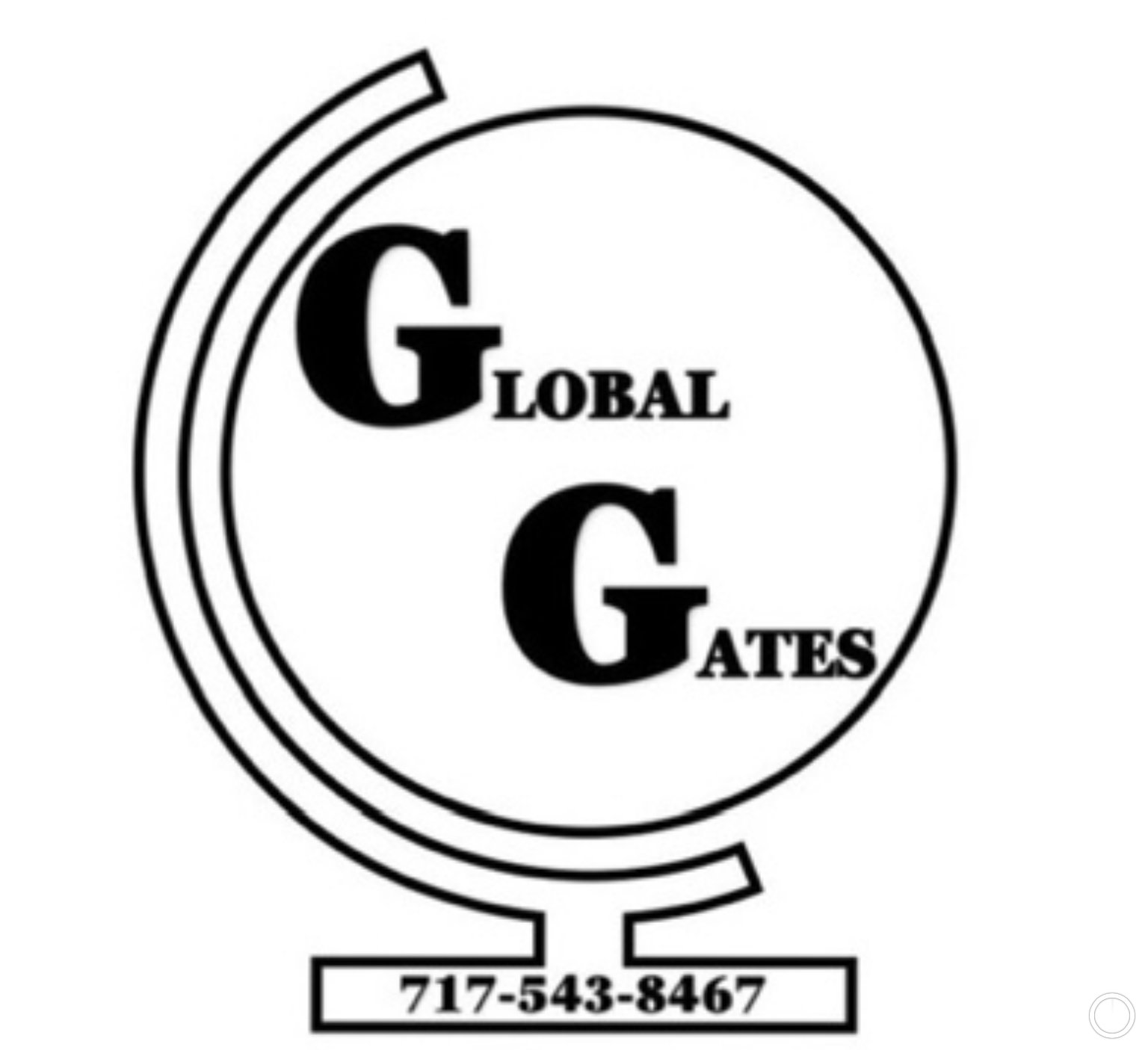Information
-
Job Name:
-
Job Number:
-
Division:
-
Client / Site
-
Job Superintendent / Foreman
-
Project Manager
-
Prepared by
-
Conducted on
-
Location
-
Document No.
1. Office Trailer / Storage Trailer
-
Emergency Phone Nos Posted?
-
Adequate Fire Extinguishers
-
Federal / State Posters / OSHA 300A Log
-
Housekeeping
-
Steps/ Railings / Landings
-
HVAC / Heater
-
First Aid Kit
2. Job Site
-
Proper Housekeeping
-
Personnel Entrances to Building
-
Adequate Fire Extinguishers
-
Proper Lighting (min OSHA standards)
-
Hazardous Chemicals Labeled
-
Adequate Toilet Facilities
-
Handwash Facility
-
Potable Water with Cups
-
Adequate Trash Cans
-
Material / Equipment Secured
-
Rebar Protected
-
Free From Tripping Hazards
-
Free From Protruding Nails
-
Warning / Instruction Signs
-
Flammable / Combustibles Use / Storage
-
Emergency Action Plan
-
Clear of Asbestos
3. Personal Protective Equipment
-
Hard Hats
-
Safety Glasses / Goggles
-
Safety Shoes
-
Hearing Protection
-
Gloves
-
Clothing
-
Respiratory Protection
-
Welding Hoods / Screens
-
Confined Space Equipment
-
Used Properly & Employee's Trained
4. Excavations / Trenches
-
Soil Class Types
- Type 1
- Type 2
- Type 3
-
Proper Sloping / Shoring Over 5 Feet
-
Properly Barricaded
-
Overburden 2 Feet From Edge
-
Adequate Ladder Access Provided
-
Dewatered
-
Inspections Conducted
-
Employees Properly Trained
5. Fall Protection
-
Used Properly
-
Floor Openings Protected
-
Wall Openings Protected
-
Guardrail System
-
Personal Fall Arrest System
-
Safety Monitor
-
Employees Properly Trained
6. Ladders
-
Used Properly
-
Tied Off
-
Stabilized
-
Defective Ladders Tagged
7. Scaffolding / Lifts
-
Used Properly
-
Guardrails / Midrails / Toeboards
-
Crossbracing In Place
-
Sound Footing
-
Planking Adequate
-
Ladder Access
-
Locking Pins
-
Wheels Locked
-
Employees Properly Trained
-
Scaffolding / Lifts Inspected
8. Stairways
-
Openings Protected
-
Stairs / Railings
-
Pan Treads Filled / Used
-
Proper Lighting ( Min OSHA standards)
-
Fire Protection Provided
9. Hand, Electrical & Powder Actuated Tools
-
Safe Condition
-
Proper Use
-
Properly Grounded / Double Insulated
-
Guards In Place
-
Defective Tools Tagged
-
Cord Condition
-
Label Legible
-
Employee's Properly Trained / Certified
-
Tool Inspections
10. Personnel
-
Reprimands / Warnings Issued Safety Related
-
Safety Meeting Held Weekly
-
Orientation Provided to New Employees
-
HazCom Program & Job Required MSDS Understood
11. Equipment / Vehicles (Forklift, Backhoes, Cranes, Trenchers, Company Vehicles, etc)
-
Cleanliness
-
Maintenance Performed As Needed
-
Equipment / Vehicle Inspections
-
Used Properly
-
Clear of Overhead Obstructions
-
Parked Safely
-
Swing Radius Barricaded
-
Stabilized
-
Load Capacity Marked
-
Seat Belt
-
Back-Up Alarm
-
Fire Extinguisher
-
Employees's Properly Trained
12. Extension Cords
-
Properly Grounded
-
Defective Cords Tagged
-
Properly Inspected
-
Safe Condition
-
Used Properly
-
GFI Protected
13. Temporary Wiring
-
Temporary Wiring Exposed Energy Source
-
Barricade ( Switch Boards, Transformers, Temp Panels, etc)
-
GFI's In Use
-
Electrical Equipment Identified
-
Panels Covered ( Junction Boxes, Devices, etc)
-
All Knock Outs In Place or Filed
-
Signs In Place For High Volt Panels ( Switch Boards, Panel Board, Switches, Electrical Room Doors, etc)
-
Receptacle Polarity Verified
-
Insulated Hand Tools Used
-
Inspections Performed
-
GFI / Polarity Tester On Site
-
Employee Properly Trained As OSHA Competent Person
-
Lockout / Tagout Required
-
Lockout / Tagout Used Properly
-
PPE Used ( Blanket, Gloves, etc)
-
Hot Work Approved By DM
-
Defective Devices ( Covers, etc)
-
All Exposed Wire Joints Taped
14. Posted Requirement of General Contractor / Owner
-
PPE Requirements
-
No Smoking Policy
-
Visitors Policy
15. Other
Violation Summary:
-
Non-Serious Violations:
Non-Serious
-
Non-Serious
-
Offense Penalty
-
Serious Violations:
Serious
-
Serious:
-
Offense Penalty
-
Willful Violation:
Willful
-
Willful
-
Offense Penalty
-
Total Penalty Amount:
Other:
-
Other Safety Problems or Hazards Created by GC / Subs /Others Where WECC Exposure Exists:
-
Additional Comments:
-
Corrective Action Taken:
Signatures:
-
Job Supervisor / Foreman
-
Division Manager
16. Construction Checklist Instructions
Construction Checklist Instructions:
-
NOTE: It will be the supervisor/foreman’s responsibility to take all corrective action(s) immediately in order to be compliance with all safety regulations. The supervisor/foreman will complete the Corrective Action Section and forward the original and yellow copies to the Division Manager. The Division Manager will then review and ensure that all corrective action(s) has been taken, sign the original and forward it to the Safety Manager within 5 days of the inspection.
-
Internal Safety Inspection Penalties
In order to place more emphasis on safety, Divisions will be charged for safety violations resulting from Internal Safety Inspections. The same criteria will be utilized for classifying violations and assessing penalties as that used by the North Carolina Department of Labor in its inspections for violations of the Occupational Safety & Health Act, except the penalty will be less severe.
The types of violations and penalties are:
1. Non-Serious or Other Than Serious Violations – exists when a violation has a direct relationship to job safety and health, but probably would not result in serious physical harm or death.
Penalties
First Offense $0
Second Offense $100 (If the violation occurs within the same year as the first offense)
Third Offense $250 (If the violation occurs within the same year as the second offense)
2. Serious Violations – when the cited breach of standards results in a substantial probability of serious physical harm or death to employees.
Penalties
First Offense $100
Second Offense $250 (If violation occurs within the same year as the first offense)
Third Offense $500 (If violation occurs within the same year as the second offense)
3. Willful Violations – is defined as a Division who intentionally and knowingly commits a violation. It is not necessary that the violation be committed with a bad purpose or an evil intent to be deemed “willful”. It is sufficient that the violation was deliberate, voluntary or intentional as distinguished from inadvertent, accidental or ordinary negligence.
Penalties
First Offense $500
Second Offense $1,000 (If violation occurs within the same year as the first offense)
Third Offense $1,500 (If violation occurs within the same year as the second offense)
NOTE: Penalties will be charged to the Division for each violation cited on the Internal Safety Inspection Checklist.
If the General Contractor has a safety violation, our employees should stop work or move to another area until that violation is abated by the General Contractor. The Foreman/Supervisor should notify the General Contractor of any safety violations and if they are not abated within a reasonable amount of time, the Division Manager should be contacted. That Division will not be charged for a violation in the General Contractor’s area of responsibility. However, if a Division is notified of an unsafe condition and our employees continue to work in that area, a penalty will be assessed.












